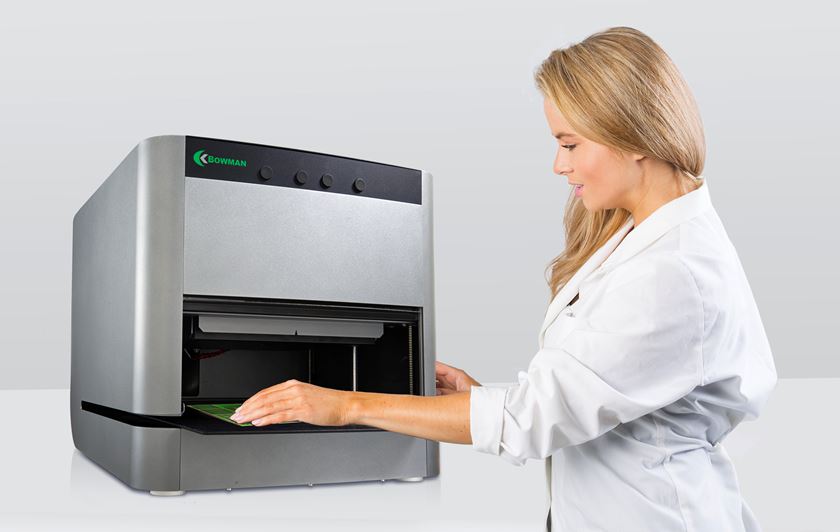Sherwin-Williams Unveils Moisture Cure Urethane for Military Applications
A new enhanced moisture cure urethane from Shewin-Williams is engineered for ease of application in high humidity and other challenging environments.
#military
Edited by Scott Francis

Sherwin-Williams (Cleveland, Ohio) has launched an enhanced moisture cure urethane specifically engineered for ease of application in high humidity and other challenging environments. The topcoat delivers exceptional protection for military equipment, and provides improved dry times and consistent results. The new urethane is approved by the Army Research Lab and meets MIL-DTL-53039 requirements.
Applicators can achieve a high film build in any environment through the product’s enhanced sag resistance — up to 15 mils wet — and improved adhesion properties. As a ready-to-spray solution, the new moisture cure urethane helps applicators reduce their material and labor costs while providing top-quality performance and consistency.
“Beyond meeting performance specifications, the new moisture cure urethane optimizes throughput and batch-to-batch uniformity for our customers,” says Matt Flory, Sherwin-Williams global director of sales and marketing for military coatings. “The ready-to-spray formula also contributes to increased productivity. It sets a new standard for performance and application for military topcoats.”
For more information visit oem.sherwin.com.
RELATED CONTENT
-
Curing Oven Basics
Simply heating up the substrate does not cure the coating. There are many variables to consider when choosing the best cure oven for your application...
-
Improving Transfer Efficiencies in Coating Operations
There are many methods for addressing electrostatic grounding in metal painting processes, and Tim Ulshafer from Mueller Electric says the best method for your process is a simple and worthwhile exercise.
-
Masking for Surface Finishing
Masking is employed in most any metal finishing operation where only a specifically defined area of the surface of a part must be exposed to a process. Conversely, masking may be employed on a surface where treatment is either not required or must be avoided. This article covers the many aspects of masking for metal finishing, including applications, methods and the various types of masking employed.
















